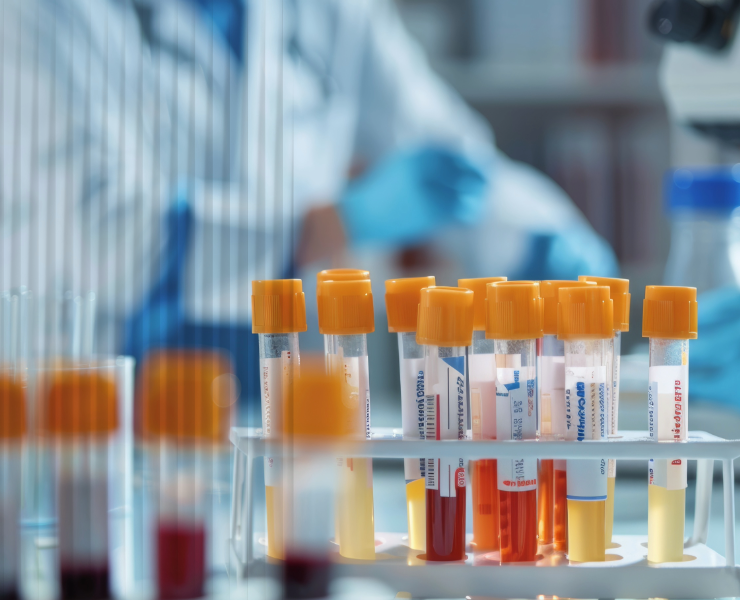
What is Biomarker Discovery?
Biomarker discovery is the process of identifying biological molecules that serve as indicators for specific biological states, diseases, or treatment responses. These biomarkers are essential for understanding disease mechanisms, predicting clinical outcomes, and guiding therapeutic decisions. By analyzing diverse biological samples, such as blood or tissue, researchers can identify potential biomarkers that lead to advancements in precision medicine.
What are the Stages of Biomarker Discovery?
Biomarker discovery typically follows a structured pathway to ensure reliable identification and validation. This process involves several critical stages:
-
Biological Hypothesis Formation:
Defining the biological question or disease context and identifying potential target pathways.
-
Sample Collection and Preparation:
Gathering appropriate samples (e.g., blood, tissue) and ensuring consistent preparation to avoid variability.
-
Analytical Method Selection:
Choosing suitable technologies (e.g., genomics, proteomics) to detect and quantify potential biomarkers.
-
Data Processing and Analysis:
Performing statistical and computational analysis to identify significant patterns and correlations.
-
Validation and Verification:
Testing the identified biomarkers in independent samples to confirm their relevance and reproducibility.
-
Clinical Evaluation:
Assessing the biomarker’s utility in clinical settings to verify its effectiveness in diagnosis or treatment monitoring.

Read our Biomarker Discovery Solutions eBook

What are the common challenges for biomarker discovery and validation?
Biomarker discovery presents various obstacles, primarily due to the complexity of biological systems and the need for precise validation. The common challenges for biomarker discovery include:
-
Sample Quality and Consistency
Variability in sample collection and preparation can impact biomarker detection.
-
Data Complexity and Volume
Analyzing large, heterogeneous datasets from multiple platforms requires advanced computational approaches.
-
Statistical Significance and Reproducibility
Ensuring that identified biomarkers are statistically robust and reproducible across different studies.
-
Translational Gap
Difficulty in moving biomarkers from discovery to practical clinical applications due to regulatory and validation hurdles.
-
Cost and Resource Constraints
The process often requires significant investment in resources and technology.
We can help you Streamline Biomarker Discovery.
What features are important for biomarker discovery software?
Software for biomarker discovery should provide tools that streamline data analysis, support collaboration, and ensure data security. Essential features for biomarker discovery software include:
-
Data Integration and Management
Ability to handle and integrate diverse data types from genomics, proteomics, and other -omics sources.
-
Advanced Analytics and Visualization
Tools for in-depth statistical analysis, machine learning, and visual exploration of large datasets.
-
Scalability and Performance
Support for large datasets and high-performance computing to handle complex analyses.
-
Collaboration and Data Sharing
Secure, compliant data-sharing capabilities for cross-functional and multi-institutional teams.
-
Compliance and Security
Adherence to regulatory standards and robust data protection for sensitive patient data.
-
User-Friendly Interface
Intuitive design to facilitate ease of use for researchers with varying technical expertise.
